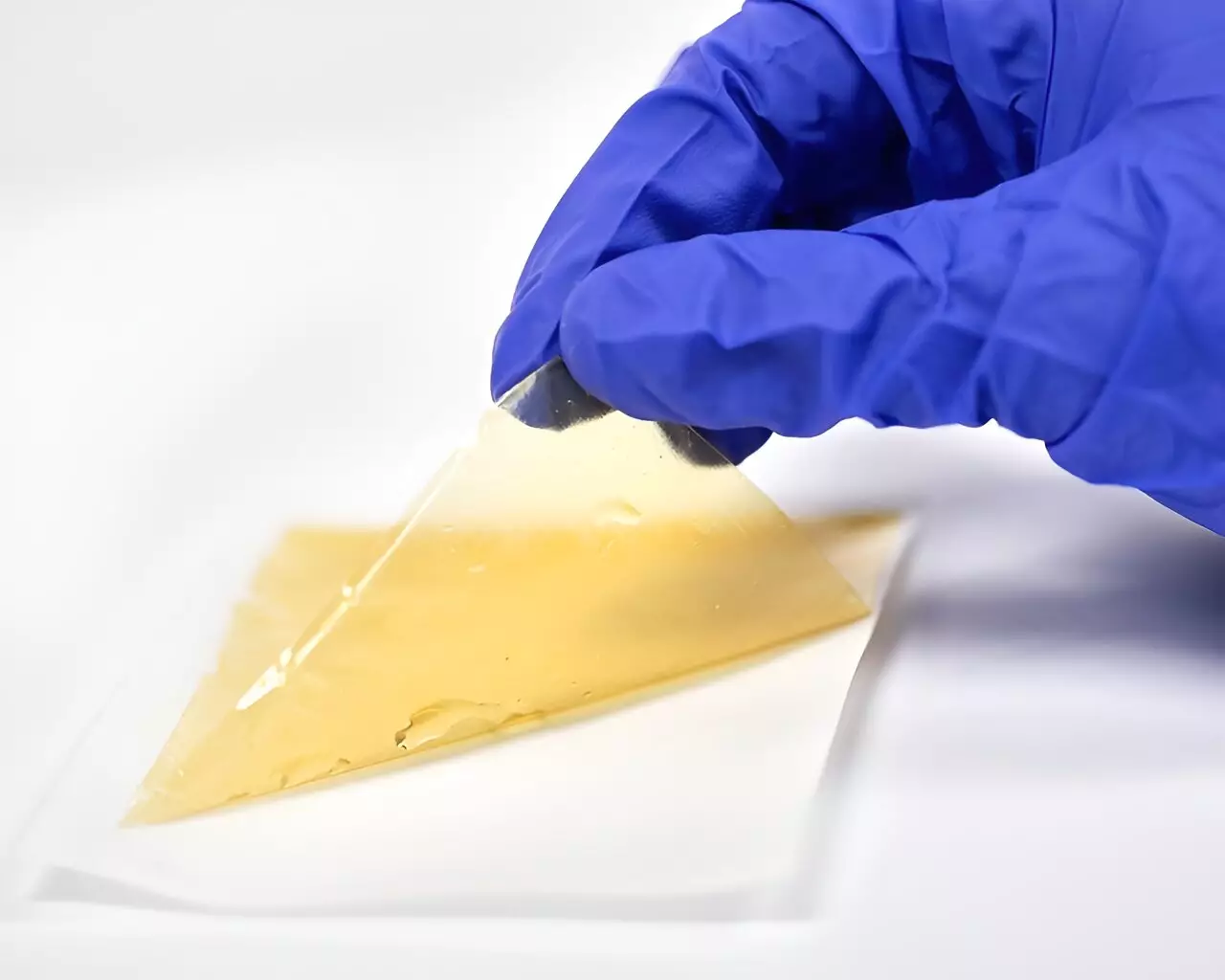Addressing environmental challenges requires innovative solutions, and one such solution is the development and commercialization of robust hydrogen fuel cells. These fuel cells contain a polymer electrolyte membrane that acts as a barrier between the electrodes. While the membrane conducts protons, it inhibits the movement of electrons, hydrogen molecules, and oxygen molecules. Unfortunately, the repetitive deformation of the membrane over time leads to cracks, resulting in the undesired transport of hydrogen and ultimately operational failure.
Previous Approaches to Combat Cracking
Researchers have previously employed radical scavengers and hydrocarbon electrolyte membranes to address the issue of cracking. However, these methods only offer partial defense and are unable to completely prevent crack formation and propagation.
In a recent study published in the journal Advanced Materials, Associate Professor Sang Moon Kim from Incheon National University and Professor Zhigang Suo from Harvard University led a team of researchers in developing a polymer electrolyte membrane that is resistant to fatigue. Dr. Kim emphasizes the importance of developing an electrolyte membrane that can withstand repetitive fatigue failure, reflecting the actual operating environment of fuel cells.
To achieve this goal, the researchers utilized an interpenetrating network of Nafion and perfluoropolyether (PFPE) to create fatigue-resistant electrolyte membranes. Nafion, a commonly used plastic electrolyte with proton-conducting properties, was combined with PFPE, which forms a durable, rubbery polymer network. While the incorporation of PFPE slightly diminishes electrochemical performance, it significantly enhances fatigue threshold and lifespan.
The researchers produced multiple membranes with varying levels of PFPE, and the one with 50% saturation exhibited reasonable electrochemical performance. Compared to the original Nafion, the Nafion-PFPE membrane with 50% PFPE saturation elevated the fatigue threshold by 175% and extended the lifespan of the fuel cell by 1.7 times. For instance, the composite membrane was observed to have a lifespan of 410 hours, whereas the unmodified Nafion membrane only lasted 242 hours. These results highlight the trade-off between electrochemical performance and fatigue resistance, with the rubbery network significantly improving the latter.
The implications of this study are far-reaching, as a fuel cell system with improved stability, durability, and performance can have a transformative impact on various industries. Beyond fuel cell vehicles, the technology can be applied to the development of advanced technologies in drones, personal air vehicles, backup power sources, forklifts, bicycles, scooters, and more. Additionally, the strategy for enhancing fatigue resistance can be extended to ion filters, battery separators, and actuation systems, broadening its applications in high-durability and long-life desalination filters, flow battery separators, lithium metal battery separators, and artificial muscles.
The development of fatigue-resistant electrolyte membranes represents a significant breakthrough in the quest for enhancing fuel cell longevity. The interpenetrating network of Nafion and PFPE offers a promising solution to the problem of cracks caused by repetitive deformation. While the incorporation of PFPE slightly affects electrochemical performance, it greatly improves fatigue resistance and overall lifespan. The potential applications of this technology extend far beyond fuel cell vehicles, impacting industries where stability, durability, and performance are crucial. With further research and development, this breakthrough has the potential to revolutionize various sectors and contribute to a more sustainable future.


Leave a Reply